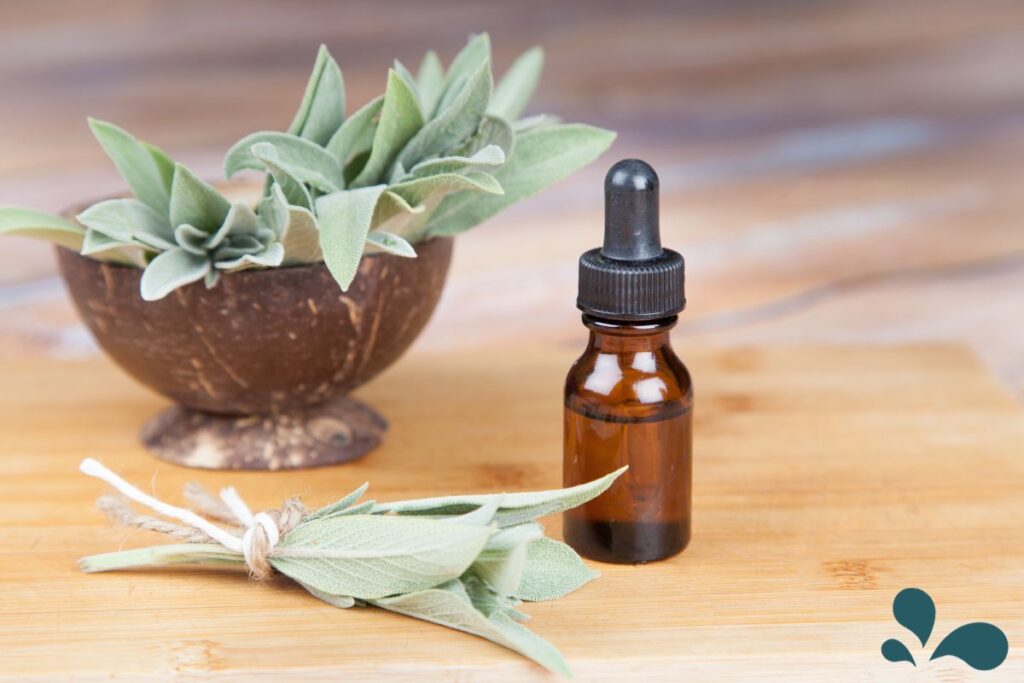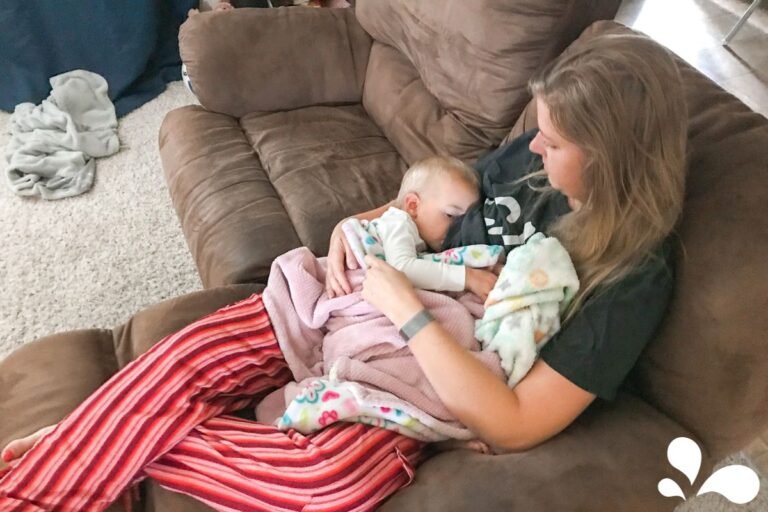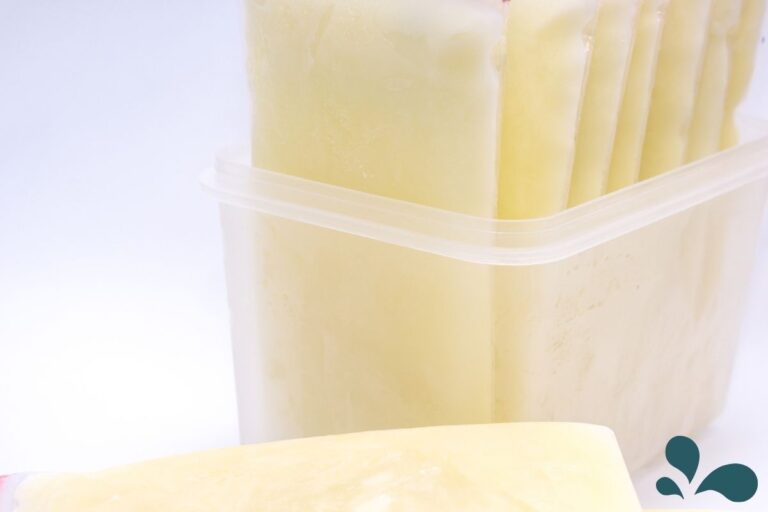There are various reasons you may want, or need, your breastmilk production to “dry up” or stop. Those reasons range from a lack of desire, mental health, child loss, a profession, or you’ve simply reached the end of your breastfeeding journey. Regardless of your reason, I’m here to support you.
There are two primary scenarios to consider when stopping milk production: how long have you been breastfeeding? And, how long are you able to take to slow the production?
Stopping an established supply will take a bit more time. When able to, do not stop abruptly. It’s best if you can allow yourself time to slow down production.

Tips for All Scenarios
Cabbage helps! It’s true. The individual cabbage leaves act as an anti-inflammatory. Cabbage leaves reduce engorgement. The cabbage will be most effective if kept in the fridge. Take two cabbage leaves and place one on each breast for about 20-30 minutes.
Advil and Motrin are your friends. Using these painkillers will help with pain but will also reduce inflammation.
Apply an ice pack to your breasts for ten minutes at a time.
Consume herbal tea to help stop milk. Peppermint and sage are the two best teas to do the trick. Be aware that it does take a large amount though, so if tea isn’t your thing, don’t force it.
Applying Sage and Peppermint essential oils to the breast is helpful. Be sure to use high-quality oil and dilute it with carrier oil before application.
Take antihistamines (under your doctor’s care). Antihistamines often have a side effect of decreased milk supply.
Reduce breast and nipple stimulation.
Finally, if you become engorged, remove only the minimum amount of milk from your breasts with a pump to provide relief.

How to Stop Breastmilk Production
Just gave birth. If you’ve just given birth and don’t plan to breastfeed at all, don’t let that baby latch, and do not pump. Breastfeeding supply is demand driven. If you never present the demand to your body, you’ll be able to stop milk production a lot faster. Now, just because you never breastfeed doesn’t mean that your milk won’t come in. Follow the above tips to help reduce discomfort.
Tapering off. This is the most mama-friendly method. You can taper off by going longer between feedings. For instance, instead of emptying your breasts every four hours, empty them every five hours, then six, etc. This doesn’t mean you don’t feed your baby. Offer your baby a bottle of formula or previously frozen breastmilk for the feedings that your body needs to be skipping. Once your body has adjusted to fewer feedings, start decreasing feeding or pumping lengths (don’t fully empty the breast). Apply the same tips above as you do this.
Immediately stopping after previously feeding. This might be rough, but you can do it. You’ll want to be fully ready with as many comforting techniques as possible. Have cold cabbage ready, take Motrin or Advil, remove a minimal amount of milk to avoid engorgement, and take it easy. Be on the lookout for mastitis. It can come on very quickly. If you start developing lumps (a sign of blockage), use a warm compress to help release the blockage. If a fever develops, seek medical attention.

How long will it take to stop?
On average, if a woman stops cold turkey, it takes about 7-10 days. If you slow down through weaning, your body will stop production within a week after your final feeding. Everybody is different, but the supply will stop. If it does not, there may be additional hormonal issues that you should bring to your doctor’s attention.
You’ve got this, mama. As always, we’re here to help. We can help create a personalized weaning plan for you.








